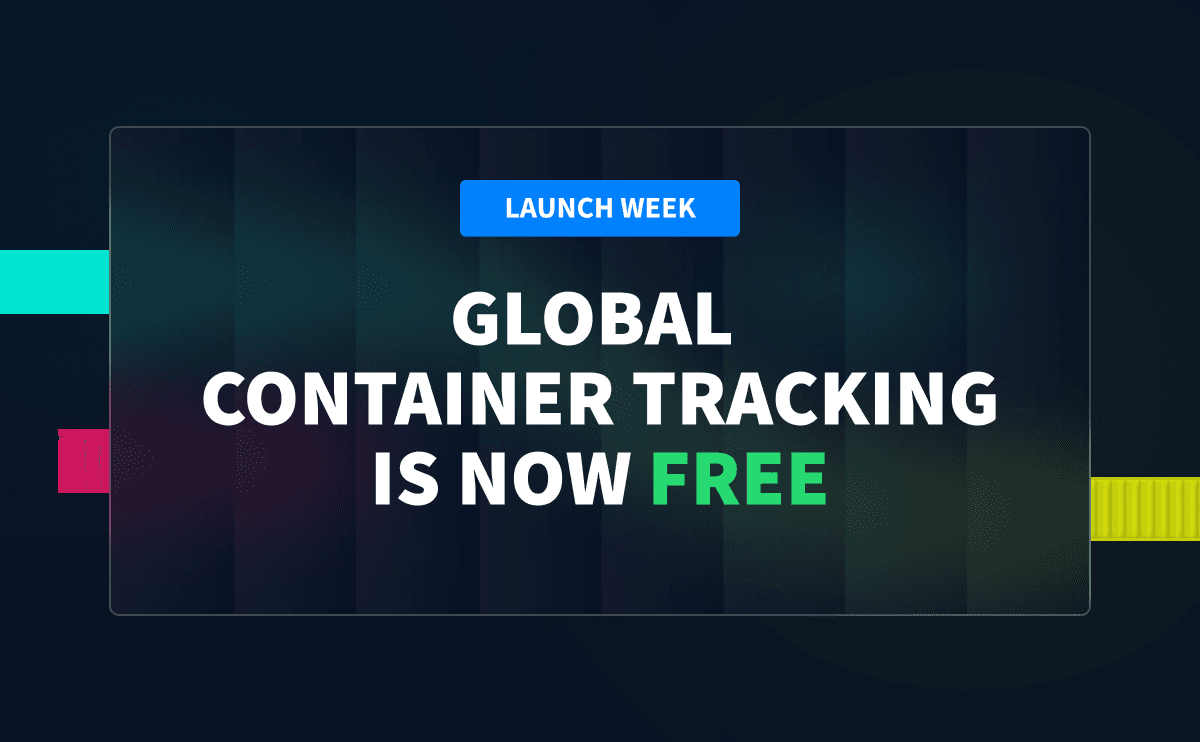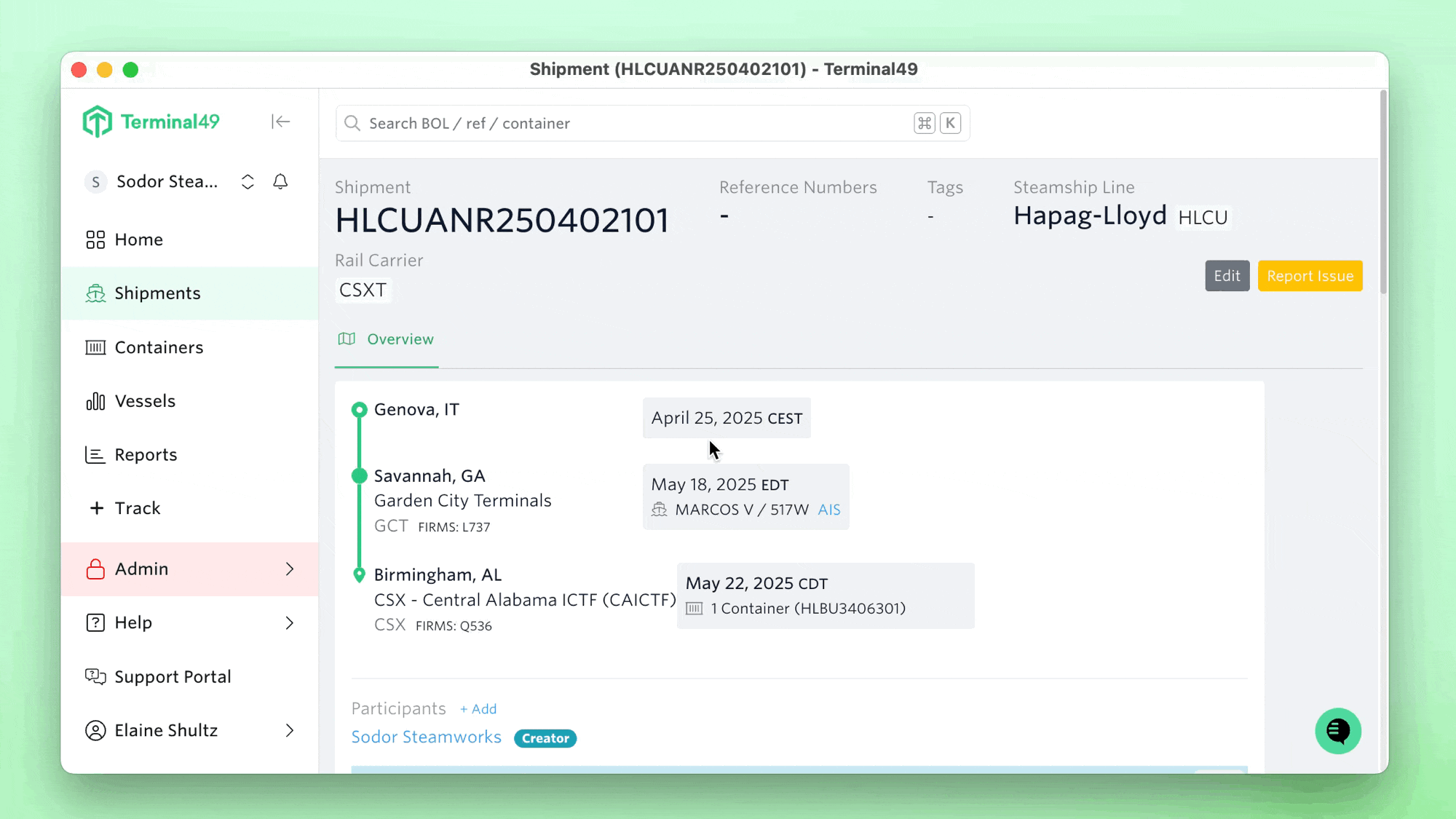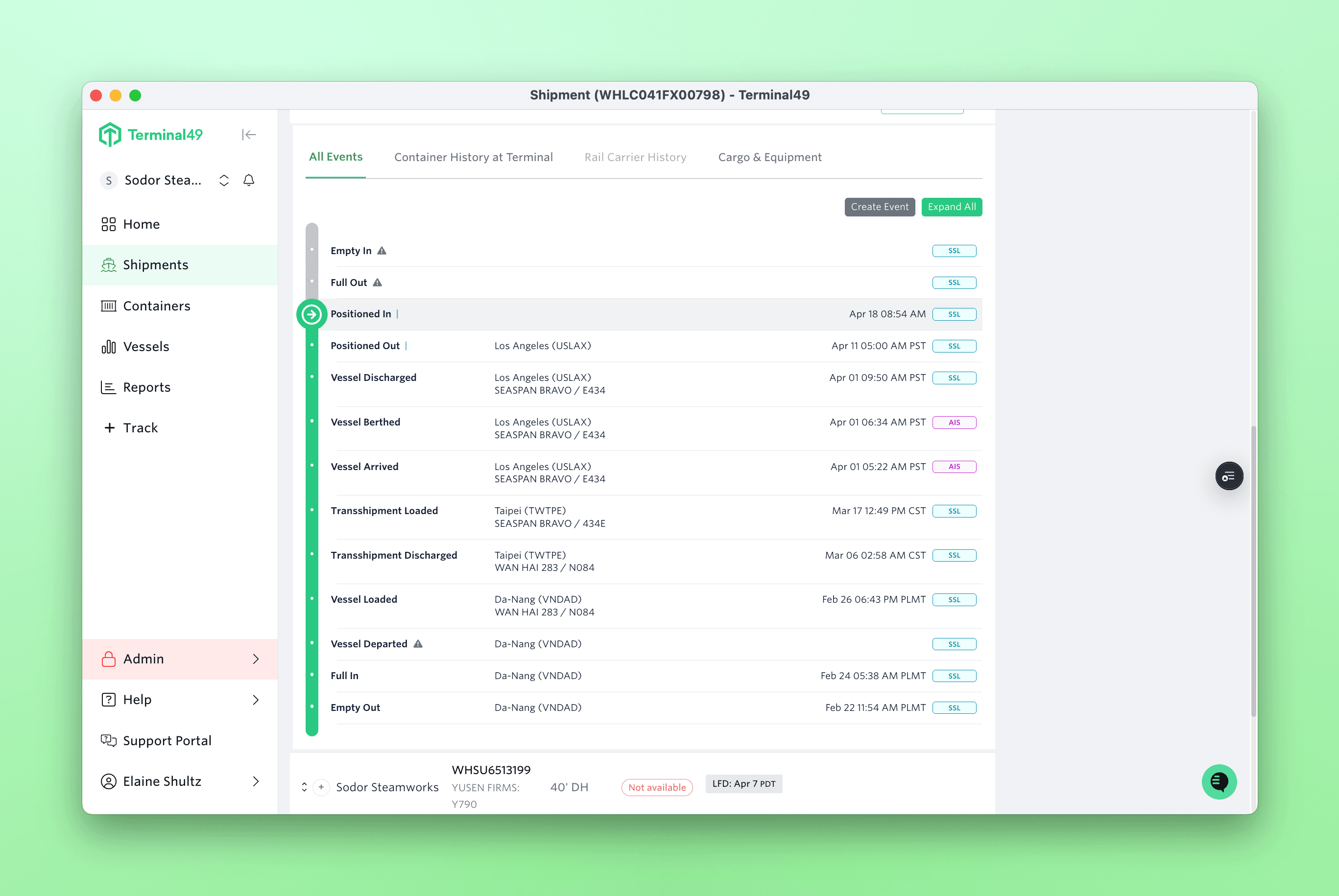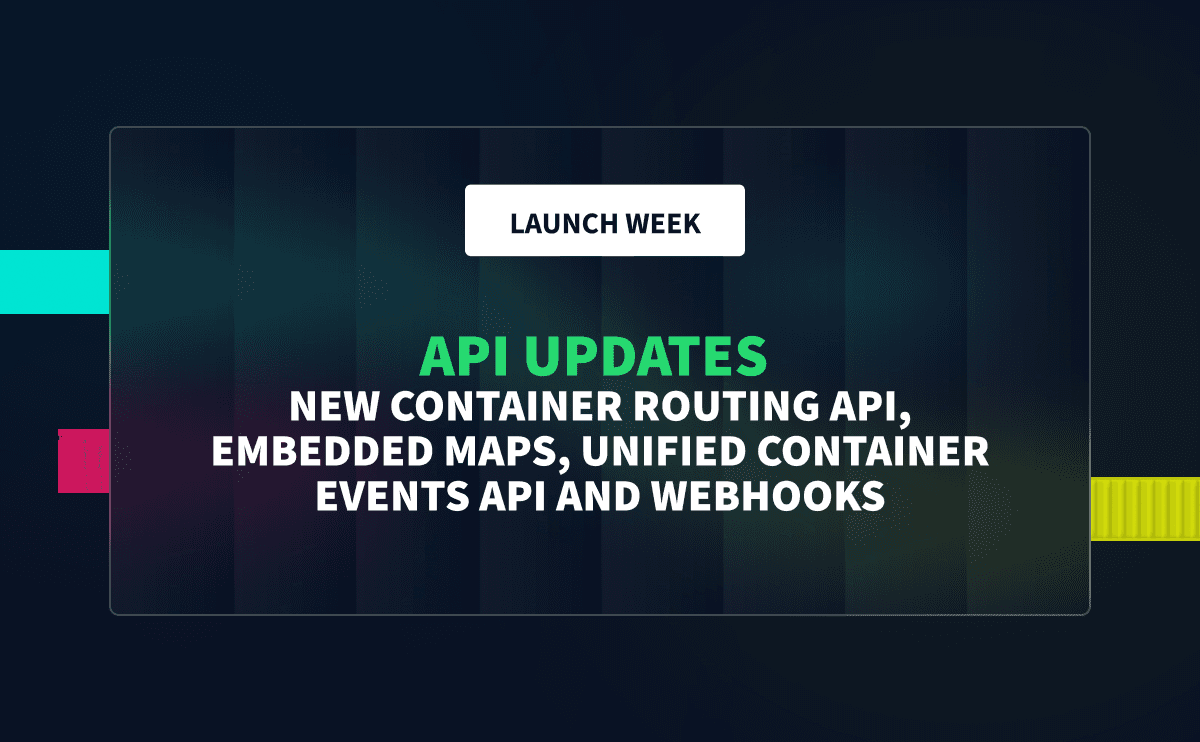AI is everywhere. Whether we’re excited about it, skeptical, or just trying to keep up, there’s no escaping the conversation. In logistics and supply chain, the potential for AI is massive—but what does that really mean for the industry?
In our latest fireside chat, Terminal49’s CEO, Akshay Dodeja, and Head of Data, Matt Turner, broke down what AI, LLMs (Large Language Models), and automation actually mean for logistics. From practical use cases to a future where AI handles entire workflows, this discussion dives into where the technology is today—and where it’s headed next.
🎥 Watch the full fireside chat on AI in logistics here
AI vs. Hype: What’s Actually Changed?
AI has been around for decades, so why does it feel like everything has changed in the last two years? The turning point was the launch of ChatGPT, which made powerful AI tools accessible to everyone—not just engineers.
“The buzzword ‘AI’ is everywhere, but what’s really changed is how easy it is for anyone to use,” said Akshay. “Before, AI was hidden in backend systems. Now, you can ask an AI tool a question, and it just works.”
Matt compared it to image recognition models:
“Think about a camera that can identify a shipping container. It takes in an image, analyzes the shapes and numbers, and tells you what it sees. A Large Language Model (LLM) does something similar—but instead of images, it processes text.”
These models don’t “think” like humans, but they can synthesize vast amounts of data and produce accurate responses in seconds. The impact? Logistics professionals no longer have to search for information manually—AI can find answers, process documents, and even make decisions in real-time.
How AI is Already Helping Logistics Teams
It’s easy to think of AI as something futuristic, but logistics teams are already using AI to automate tasks and make smarter decisions. Akshay and Matt shared a few real-world examples of how AI is creating efficiencies today:
1. Document Processing & Classification
Freight forwarders, cargo owners, and customs brokers deal with endless paperwork—commercial invoices, bills of lading, customs declarations. AI can now read, classify, and extract key data from these documents automatically.
“Before, document automation required tons of training and still had a high error rate,” Matt explained. “Now, LLMs can instantly recognize different documents and pull out key information—no matter how they’re formatted.”
This means logistics teams can process paperwork faster, reduce manual data entry, and cut down on costly mistakes.
2. Smarter Shipment Tracking & Exception Management
APIs give access to carrier data, but what happens when the data is incomplete? AI can fill in the gaps by cross-referencing multiple sources, predicting delays, and flagging exceptions before they become problems.
“You can have three carriers, all using the same API standard, and still see different data quality,” said Matt. “AI can help validate that data and tell you if something looks off.”
For example, an AI-powered systems for logistics and supply chain could:
✅ Detect missing tracking milestones (e.g., “vessel loaded” confirmation)
✅ Flag potential delays based on historical data
✅ Recommend actions to prevent costly fees
3. Automating Customer & Partner Communication
One of the most exciting applications of AI in logistics? Automating the back-and-forth emails, calls, and confirmations that slow down shipments.
“So much of logistics is just email coordination,” Akshay pointed out. “AI can streamline everything—checking container holds, scheduling appointments, dispatching orders—without a human needing to step in.”
Here’s how an AI-powered logistics assistant could work:
🚛 A shipment is arriving tomorrow → AI checks if customs clearance is complete📩 If not, AI emails the customs broker for an update
📅 AI schedules a truck pickup at the terminal based on the best available time
☎️ If the warehouse needs to confirm, AI can even call and set the appointment.
“The technology exists today to handle entire workflows—emailing, calling, scheduling—without a human needing to be involved,” Akshay said. “And if something unusual happens, a human can jump in to handle exceptions.”
What’s Next? AI-Driven Logistics at Scale
Right now, most AI tools in logistics focus on assisting humans, not replacing them. But what happens when AI gets even better? Akshay painted a picture of the future:
“Imagine an AI agent managing an entire shipment lifecycle. It tracks container movements, schedules pickups, manages customs, and updates all stakeholders—without anyone lifting a finger.”
“Once companies see how much time and money they save with automation, there’s no going back.”
So When Will This Be Reality?
Matt thinks it’ll happen sooner than most people expect:
“Your estimate is three to five years, but I think it’ll happen much faster. Let’s check back in two weeks and see what’s changed.”
While adoption takes time, the companies that embrace AI early will have a massive competitive advantage—saving time, cutting costs, and reducing human error.
Final Thoughts: Embracing AI in Logistics and Supply Chain
AI isn’t just a buzzword. It’s already transforming how logistics teams track shipments, process documents, and communicate. The key takeaway?
Companies that integrate AI into their workflows today will be the ones leading the industry tomorrow.
“If you avoid AI, you’ll fall behind. The people who figure out how to use it effectively will be the ones who succeed,” Akshay concluded.
Key Takeaways from the Fireside Chat
✅ AI is already helping logistics teams automate tasks like document processing and tracking
✅ The biggest efficiency gains come from automating workflows, not just retrieving data
✅ AI agents can handle customer emails, scheduling, and exception management
✅ Companies that adopt AI early will save time, reduce costs, and gain a competitive edge
Are you ready to bring AI into your logistics operations? Terminal49 is already leveraging AI to clean and enrich tracking data, automate workflows, and reduce supply chain friction.
🚀 See how AI-powered tracking can help your business.





